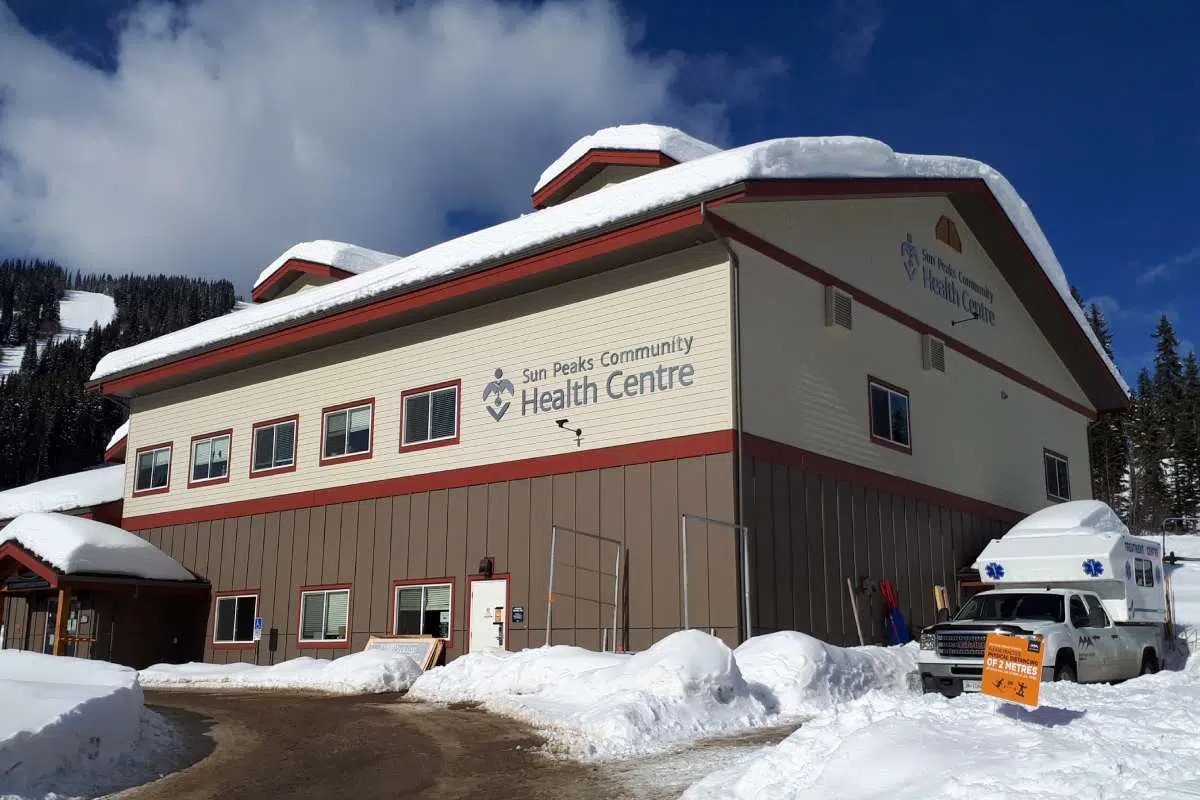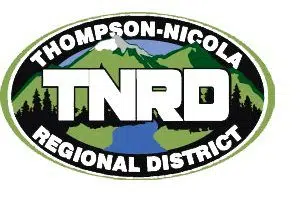
(Supplied: nvexteriors.ca)
According to the Mayor of Sun Peaks, the future of the Community Health Centre is looking like it will continue to run and operate, without support from Interior Health.
IH officials met with the Thompson Nicola Regional District Hospital Board last week to address plans to address staffing shortages in the region.
Speaking on NL Newsday Al Raine suggests it’s frustrating IH made no mention of Sun Peaks.
“I was a little bit offended when they went through the North Thompson talking about all of the various communities but no mention of Sun Peaks,” he says.
“When we talk to Interior Health it’s just not in their plans. They say if you are going to build something, you build it yourself, and you have to operate it yourself.”
This means the health centre in the municipality operates on a fee-for-service basis, with employees who are not contracted through IH, explains Raine.
“It operates very efficiently today, although, you know, most municipalities aren’t in the healthcare business. We’ve got enough on our plate that we don’t need to be in the healthcare business either,” he states.
“But healthcare is an essential service. So if the community says we need it, we have to have it.”
However, Raine says one question always lingers…
“Are we better off operating on our own?”
“The difference is if we were an IHA funded center if we’re doing capital costs, 40 per cent of that cost would come from the local hospital board, (but) we don’t receive any support when we’re doing capital projects.
Raine explains their local Health Association is on route to becoming a community health association-driven project.
“The province is now talking about stronger and stronger framing for community health centers, so that looks like the direction we will be going. We will keep moving towards being a community health center funded by a provincial program.”
He says the village has an application in for the province and is hoping to hear something in the next few months.
The project was made possible from a grant through the Canada Infrastructure Program and COVID-19 Resilience Infrastructure Stream, from the provincial and federal governments.
Raine is hopeful construction will be complete by winter 2022.















